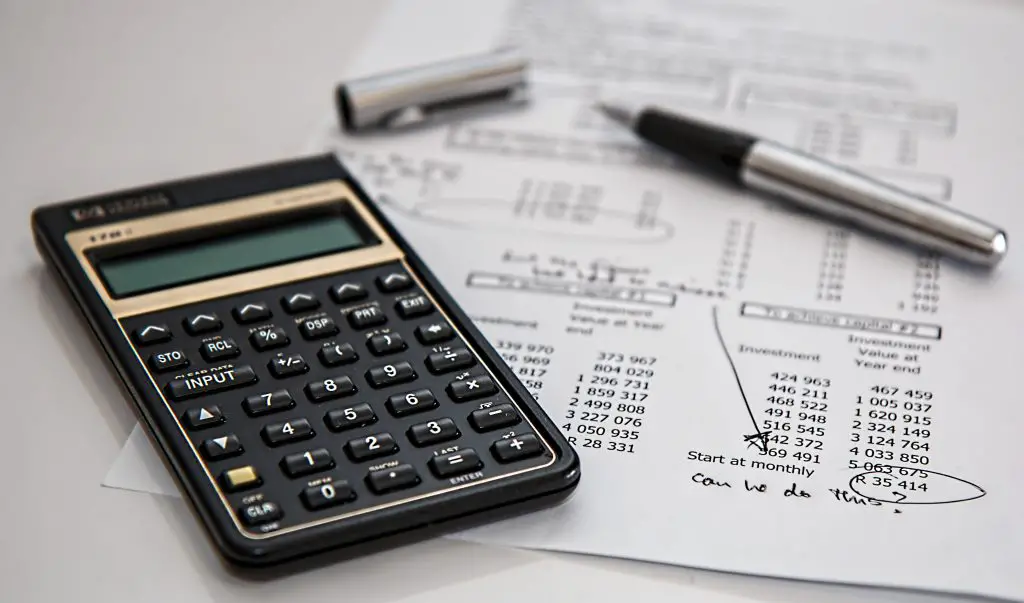The ROI (return on investment) is the ratio between net profit and the cost of an investment. This is measured over a specific period of time by the results of investment returns on money over a point in time.
A good ROI is defined by an investment’s positive returns compared to the cost, risk, and time in an asset. ROI is a performance metric used to measure and evaluate the quality and efficiency of an investment. ROI can also be used to contrast the effectiveness of different types of investments. It is a technique used in economics for correlating the quality of profits earned to the amount of capital invested.
How do you calculate ROI?
Here are three possible formulas for calculating the ROI on an investments depending on what fits a situation the best.
ROI formula #1:
To review a single-period, divide the return/net profit by the resources that were committed/investment:
Return on investment = Net income / Investment
where:
Net income = gross profit − expenses.
Investment = stock + market outstanding[when defined as?] + claims.
ROI formula #2:
Return on investment = (gain from investment – cost of investment) / cost of investment.
ROI formula #2:
Return on investment = (revenue − cost of goods sold) / cost of goods sold.
Summary:
The return on investment is how much money you make over the amount of money you invested in an asset, product, business, or trading system over a set period of time. This can be measured in months or years and by either a percentage or in money terms.
If you invest $1000 in a stock and make $100 in a year then your annual ROI is 10% or $100.
